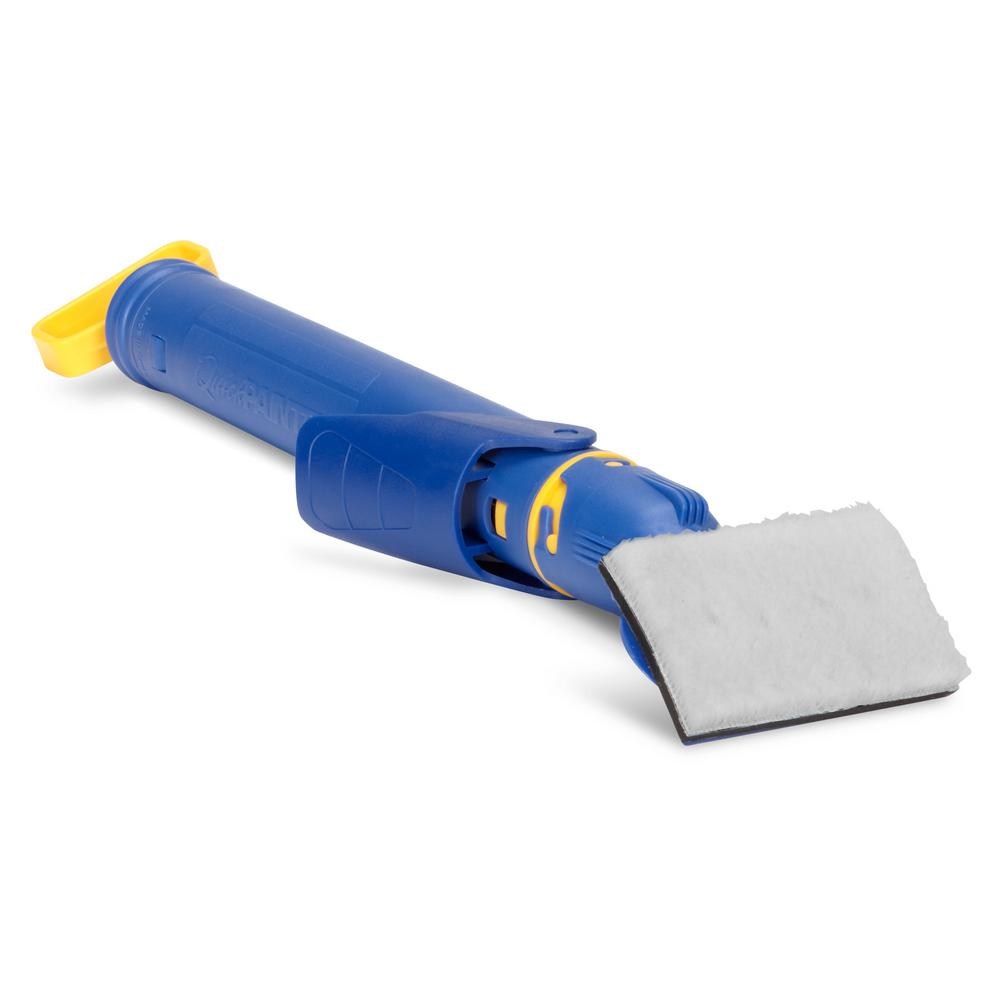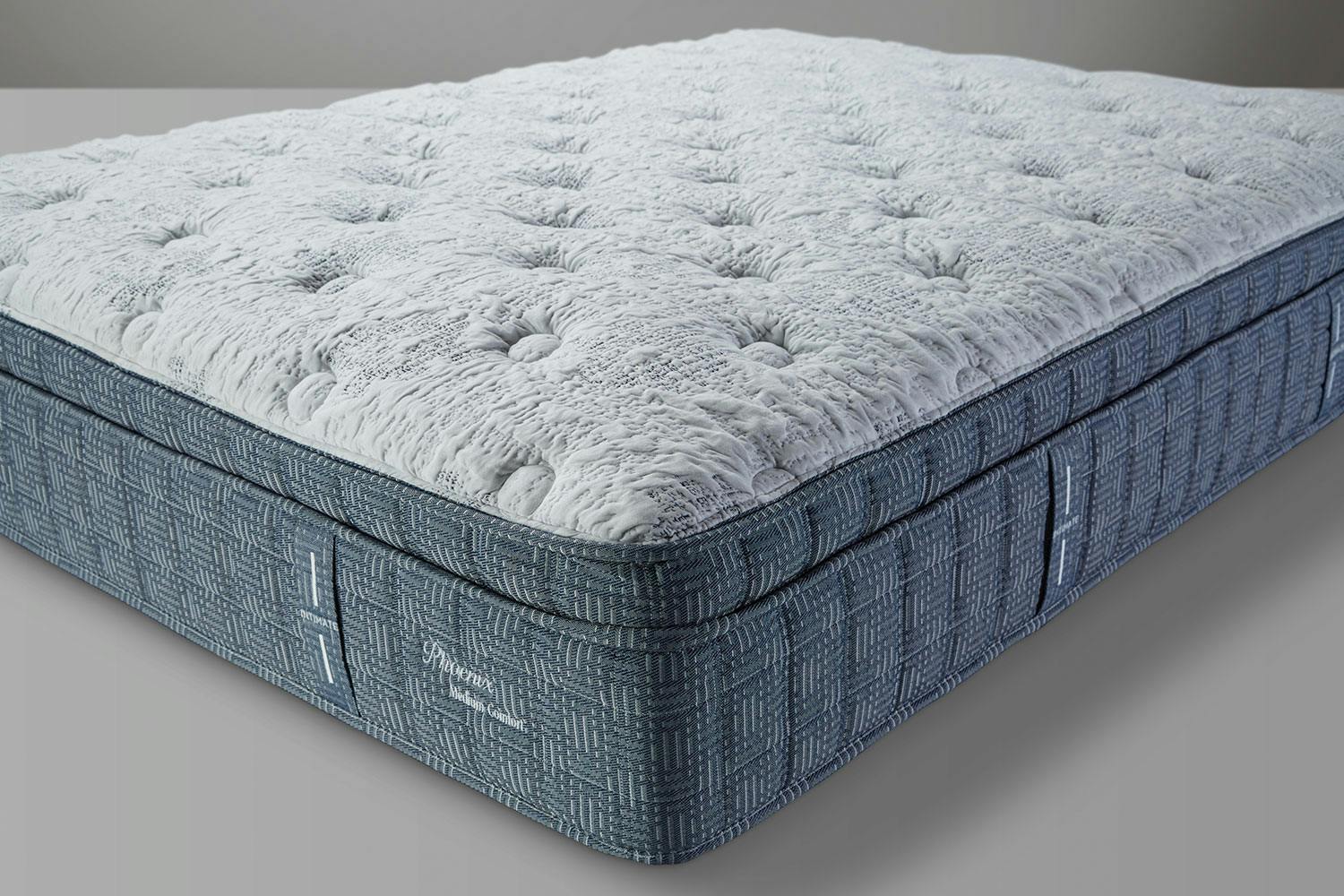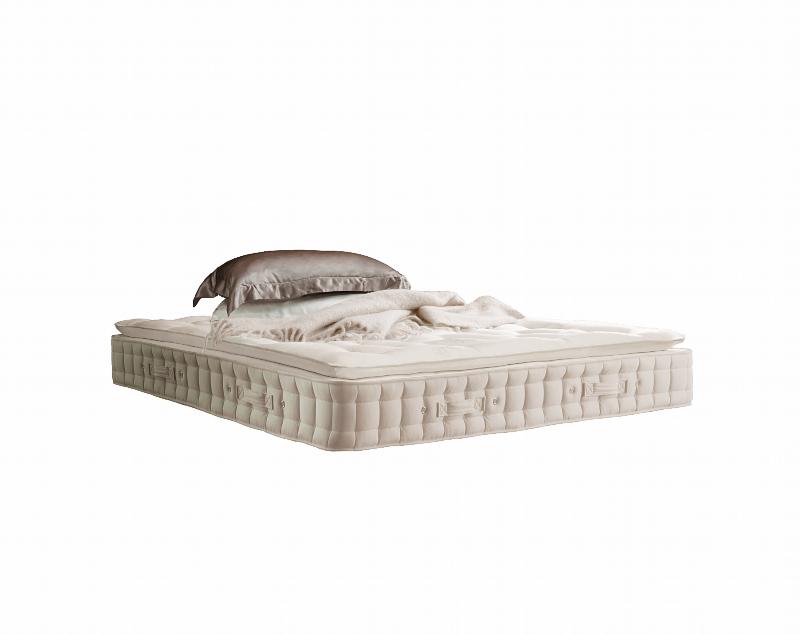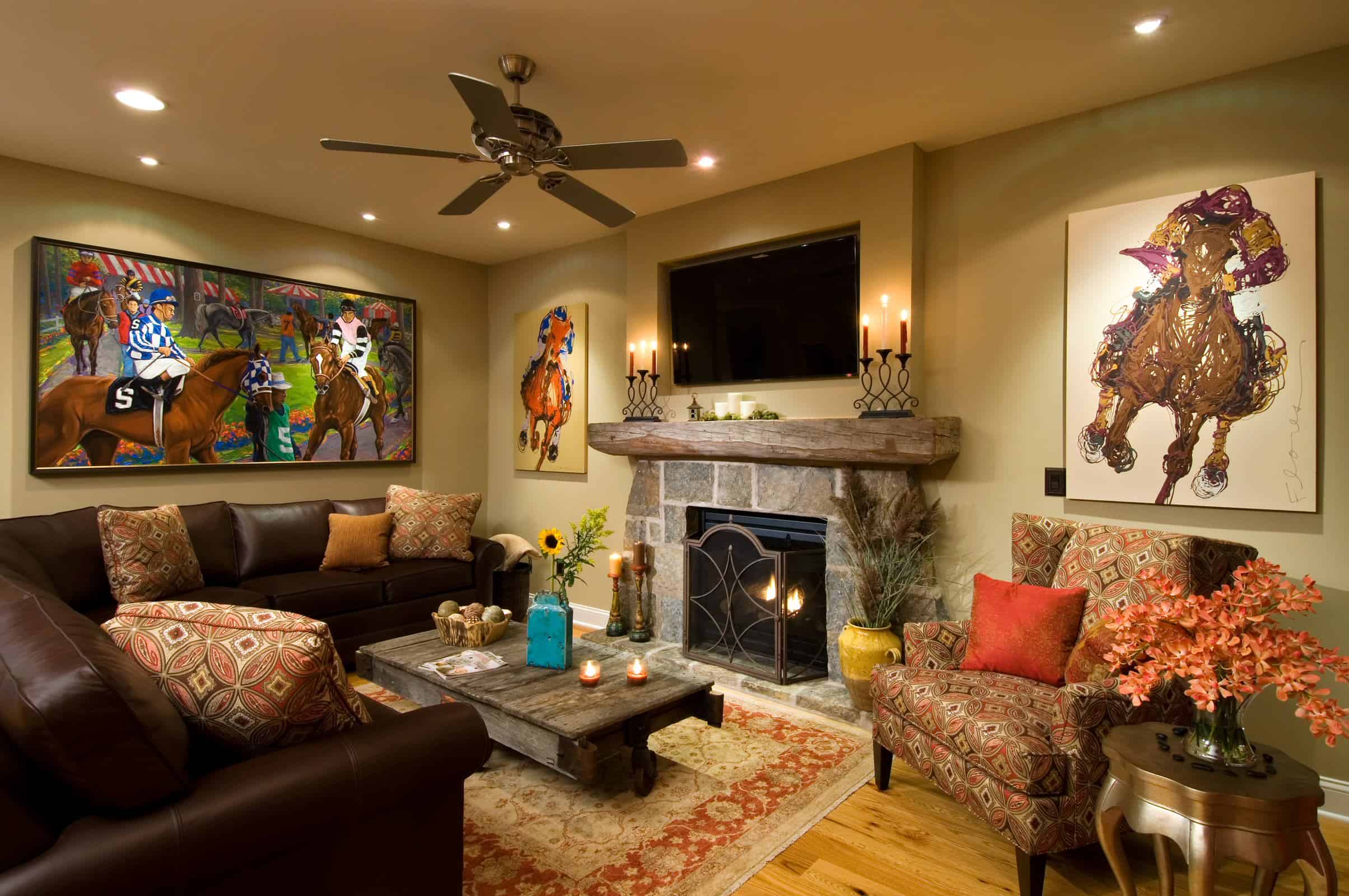Colour gradients in kitchens are an increasingly popular way of creating an eye-catching but harmonious design. Gradient kitchen designs use shifts of colour, from subtle to bold, to create a stunning visual effect that also creates a unique feel. Whether it's a stark and powerful contrast or a gentle, ombre style blend, gradient kitchen designs are sure to make a statement in any home. kitchens can be designed with gradients in both paint and tiles. Colour gradients as part of a kitchen design can instantly add a unique and personalised touch. A judicious blend of colour combinations can be used to create a signature look that is unique to your own space. Colour Gradient in Kitchens
One way to achieve a colour gradient in your kitchen is to paint different wall sections. You can have two sections on one wall spaced apart, to aesthetically divide the room into two, while creating a colour gradation. Alternatively, you can opt for a more minimally designed kitchen by painting each wall section a different shade before blending everything together. This offers a variety of possibilities, ranging from striking and bold to elegant and subdued. You can use different colour tones of a single colour, to achieve an ombre effect, or combine completely different hues.Painting Walls for a Colour Gradient in a Kitchen
Primary colours such as red, blue and yellow can be used to create a bright colour gradient in a kitchen. By choosing block colour kitchen cabinets and accessories, you can create a gradient of colour that will create a contemporary and bold look. Choose complementary colours such as yellow cabinets and blue walls, to create a kitchen that brings a sunshine-filled feel into the room. Or, use shades of blue for a more classic look.Using Primary Colours in Kitchen Design
Complimentary colours, such as green and pink, can be used to create a contrasting but harmonious kitchen design. By choosing a clever blend of light and dark shades in both the cabinets and walls, you can create a dynamic gradient of colour in your kitchen. Choose bright pops of colour such as pink and orange for a daring gradient look, or go for a more subtle and muted colour scheme instead.Choosing Complimentary Colours for a Kitchen Design
Using kitchen tiles is another way to incorporate a gradient of colour into your kitchen design. You can choose tiles with a mixture of different hues or textures to create a unique look and feel. Gradient tiles can be used for floors, walls, backsplashes and more, depending on how bold you want to go. Plus, tiles offer a practical solution as they're easy to clean and very durable.Gradient Kitchen Tiles
Colour blocking with paint can create a striking and bold look in your kitchen. Choose walls of one colour, and work with contrasting but complementary colours such as bright green and baby blue to create a unique and eye-catching gradient kitchen design. You can also use accent colours to add a unique touch to the room, such as a hint of pink, or a deep navy blue.Colour Blocking with Paint in a Kitchen
A minimalist kitchen design can also use a gradient of colour to its advantage. To achieve a simple and sophisticated look, choose a blend of neutral and subtle colours and accessories. Use pops of colour to create interest, such as with patterned floor tiles or art pieces. Alternatively, you may choose to create a gradient of monochrome tones for a more modern look.Minimalist Kitchen Design with Pattern and Colour
An accent wall colour is a great way to create a more striking and colourful kitchen design. An accent wall is a wall in a room that is painted with a special colour or features a unique design. This could be either a continuity of a single colour or a gradient of multiple colours. An accent wall is a great way to create a powerful and unique statement in any kitchen.Using Accent Wall Colour in a Kitchen Design
Using a complimentary colour scheme is another great way to achieve a unique and vibrant kitchen design. A combination of two to three contrasting colours, with one colour dominating the design, can create a beautiful gradient in your kitchen. To avoid an overly busy look, choose soft accents that will subtly complement the dominant colour.Complimentary Colour Scheme for a Kitchen Design
High-contrast colours, such as black and white, can be a great way to create a modern and eye-catching kitchen design. By mixing and matching neutral late neutrals with a bright colour, you can create a striking colour gradient in your kitchen. Choose a primary focus colour, such as red, then add touches of black and white to create a bold and dramatic design.High-Contrast Colour Schemes in a Kitchen Design
A primary kitchen design gradient is a great way to achieve an impactful visual effect, while creating a simple and cohesive look for your kitchen design. Choose one or two primary colours, such as yellow and blue, then pick out a few shades for each that will blend together. For a more subtle design, use a single colour and choose a variety of shades ranging from bold to subtle. Primary Kitchen Design Gradient
Best Practices in Kitchen Design with Color Gradients
 When it comes to kitchen design, color gradients offer more options for creating a modern style that stands out from the ordinary. By using contrasting colors in an ascending or descending order, color gradients can create a visual effect that brightens the whole space while presenting an interesting range of hues. With just a few colors and a few of the right materials, a kitchen with color gradients can truly be the focus of the home.
When it comes to kitchen design, color gradients offer more options for creating a modern style that stands out from the ordinary. By using contrasting colors in an ascending or descending order, color gradients can create a visual effect that brightens the whole space while presenting an interesting range of hues. With just a few colors and a few of the right materials, a kitchen with color gradients can truly be the focus of the home.
Playing with Color Schemes
 The effect of using color gradients is to play with color schemes. For example, you can choose to use the same colors in two or three shades, transitioning from light to dark. This technique has been achieved by mixing different colors of the same intensity. By combining warm and cold colors in an ascending or descending order, creating a unique blend is a simple matter. Whether you choose monochromatic color gradients or add an accent color, creating a vibrant and lively kitchen is only limited by your imagination.
The effect of using color gradients is to play with color schemes. For example, you can choose to use the same colors in two or three shades, transitioning from light to dark. This technique has been achieved by mixing different colors of the same intensity. By combining warm and cold colors in an ascending or descending order, creating a unique blend is a simple matter. Whether you choose monochromatic color gradients or add an accent color, creating a vibrant and lively kitchen is only limited by your imagination.
Designing with Tiles and Wallpapers
 Using tiles to create color gradients in your kitchen décor is an excellent way of injecting a modern and contemporary atmosphere.Tiles in different shades can be used to create subtle gradients, while more intense colors create dramatic gradients. The materials you choose for your kitchen should complement the color gradients to achieve a balanced and pleasing aesthetic.
Wallpapers can also be used to add texture and bring a innovative color gradients to the kitchen. Using matchstick designs, respectively light and dark paper strips, can be a useful way of creating bold geometric patterns with contrasting colors that work together.
Using tiles to create color gradients in your kitchen décor is an excellent way of injecting a modern and contemporary atmosphere.Tiles in different shades can be used to create subtle gradients, while more intense colors create dramatic gradients. The materials you choose for your kitchen should complement the color gradients to achieve a balanced and pleasing aesthetic.
Wallpapers can also be used to add texture and bring a innovative color gradients to the kitchen. Using matchstick designs, respectively light and dark paper strips, can be a useful way of creating bold geometric patterns with contrasting colors that work together.
Inspirations from Nature
 The color gradients found in nature are often a great source of inspiration when creating a modern kitchen. Different hues in the sky, in trees, and in plants can be used to create a peaceful and calming ambience in the kitchen - and can be enhanced by adding metallic touches to appliances.
By using color gradients, you can create a kitchen that stands out from the ordinary, while integrating the colors found in nature in an eye-catching manner. Through the effective use of colors, kitchen design can be enhanced in ways that distinguish it from all others.
The color gradients found in nature are often a great source of inspiration when creating a modern kitchen. Different hues in the sky, in trees, and in plants can be used to create a peaceful and calming ambience in the kitchen - and can be enhanced by adding metallic touches to appliances.
By using color gradients, you can create a kitchen that stands out from the ordinary, while integrating the colors found in nature in an eye-catching manner. Through the effective use of colors, kitchen design can be enhanced in ways that distinguish it from all others.

































































































